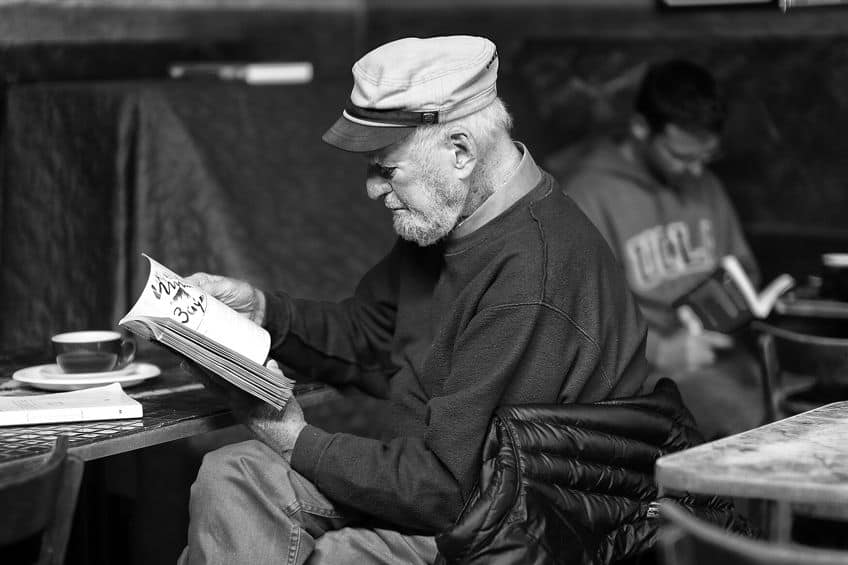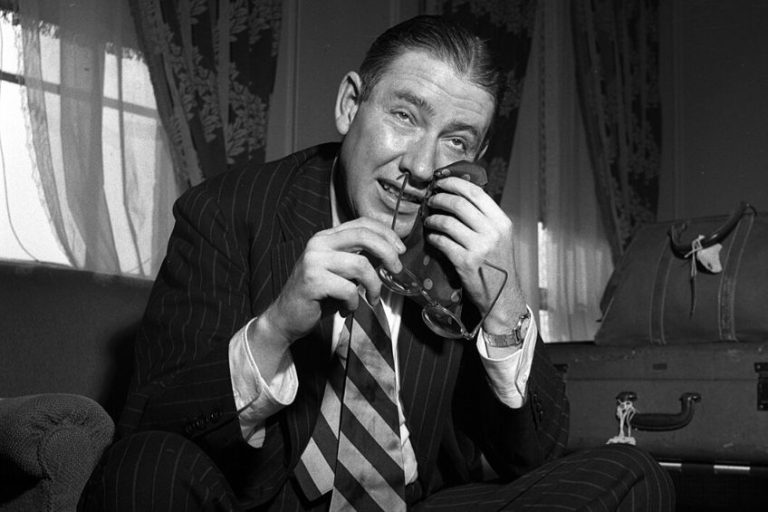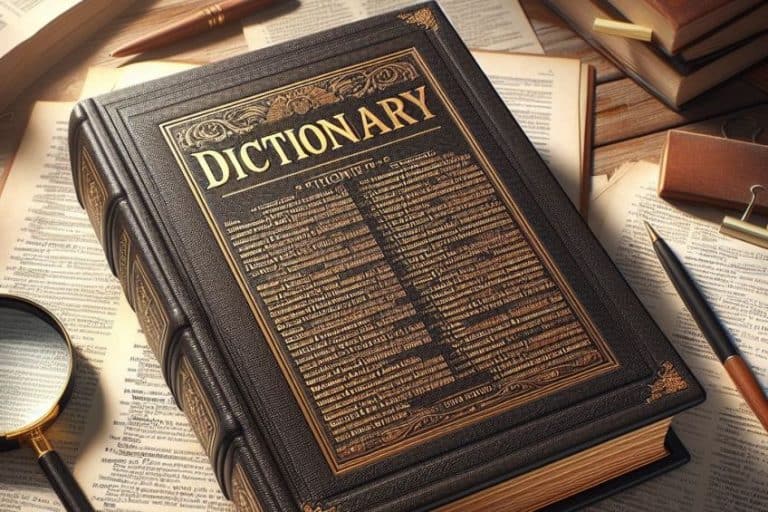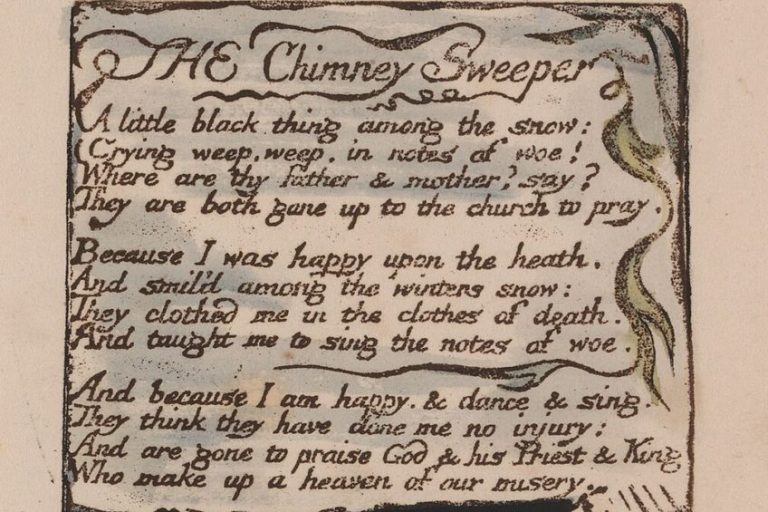Beat Poetry – Non-Conformity in the World of Poems
Every now and then, an extremely specific literary movement emerges. They are not as large as something like the Romantics, which were immensely large in scope and instead served as a specific movement within a very particular period. This is the case with Beat poetry. So, what is Beat poetry? What is the Beat Movement? Who were the Beat Poets? These are the kinds of questions that will receive attention throughout this article as I discuss various elements related to this relatively short movement in 20th-century literature. The Beats were also loved, and so this may be a good chance to see why that is the case.
Table of Contents
A Look at Beat Poetry
There have been many movements in literature, but few have been as influential on present-day literature as the work of the Beat Poets. This group would serve not only as an inspiration through their writing but also through the lives that they led. They worked to reject tradition and embrace non-conformity, creativity, and a focus on the individual. This article is all about them, but before we do get into their history for a while, let’s first see a summary.
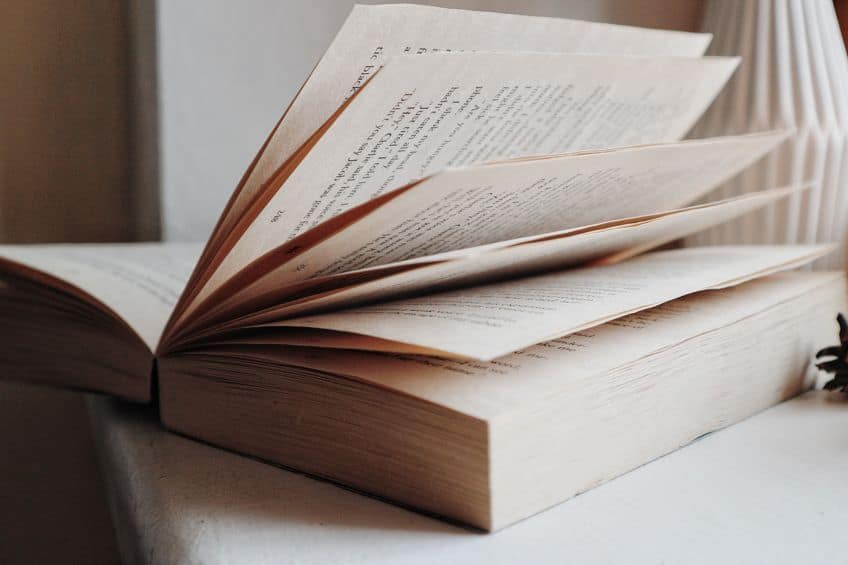
Summary of Beat Poetry
When it comes to Beat poetry, there are a few things that need to be explored. For instance, what is Beat poetry in the first place? These sorts of questions will be answered in more depth after this particular section, but if you need a taster, then this should be beneficial to you:
- Beat poetry originated in the 1950s. The Beat Movement lasted for some time, but its heyday peaked throughout the 1950s and 1960s and burned hard and fast. Many members of the Beats had also been raised in privilege and saw the movement as a way of rebelling against it.
- Beat poetry was focused on non-conformity. While this is far from the only aspect of Beat poetry, it is a major part of it. Their work would often explore very taboo topics for the time, such as sexuality, drug use, and radical individualism. These figures became icons of a generation.
- The Beat Poets did not only write poetry. While we typically refer to this group as the “Beat Poets”, they did not solely produce poetry. One of the most famous texts from the movement was Jack Kerouac’s 1957 novel On the Road. However, they are still often known as the Beat Poets.
This has been a brief summary of the things to come. Many more elements concern the Beat Generation, but a summary is hardly enough to cover it all.
So, if this summary has been a good means of whetting your appetite, you should head into the next section.
The History of Beat Poetry
Every poetic movement has some kind of a cause, something that leads it to be born, and in the case of Beat poetry, that thing was the culture of the United States in the aftermath of the Second World War. After the war, there was an immediate pivot toward a new war, the Cold War. This war would lead to a major change in the culture of the country over the next few decades. The 1950s were particularly known for being a rather terrifying period to live through in the country because it was the time of nuclear terror. Everyone was afraid of what the communists would do, and the government and media made sure to reinforce this threat. This then led to a very particular form of conformist culture in which being a proud American was the standard.

Patriotism and adhering to the status quo became the norm, and out of that arose a few figures in the 1950s who would come to be known as the Beat Generation. These young writers would rebel against the conformity of society at the time and would instead embrace concepts such as radical individualism, sexual liberation, spontaneity, and freedom of choice. These Beat Poets were generally congregated in several major areas, such as the North Beach district in San Francisco and the Greenwich Village district in New York City.
These figures would call themselves the “beats” because it was meant to be a play on the idea of being weary. Many others, generally those who were in opposition to them, would instead use the term “beatnik” to describe them. However, they would continue with their more liberated lifestyles, which involved drug use, sexual freedom, and constant creativity. Some of the major figures who arose during the Beat Movement were Allen Ginsberg, Jack Kerouac, and William S. Burroughs. However, many others would also call themselves Beat Poets even if they were not part of the major figures.
These Beat Poets would attempt to exemplify this freeform lifestyle and would focus on living their lives as genuinely as possible.
There was also a strong push toward a more progressive existence, and this was one of the many things that put them at odds with the highly conservative existence of American society at the time. This was also one of the reasons that after the publication of Allen Ginsberg’s Howl, which is seen as the most important poetic text of the Beat Movement, it faced legal pushback and was even brought into an obscenity trial because of its frank depictions of drug use and homosexual sex.
During the 1960s, the relevance of the Beat Poets and Beat poetry in general would start to fade, but it did have a strong influence on the movements that would grow after it. For instance, the counter-cultural movements of the 1960s would take inspiration from the freedom-oriented lifestyles of the Beats. And while the movement is now dead, and so are the majority of the Beat Poets, their work still remains and continues to influence many around the world.
The Characteristics of Beat Poetry
When it comes to an understanding of Beat poetry, you need to keep in mind that their central idea was non-conformity. The Beat Poets wanted to go against what had come to be seen as normal and ordinary, and they would often push back on the conservative society of the United States at the time. This meant that their poetry would often focus on content that was deliberately non-conformist.
This can be seen in the way that many examples of Beat poetry would explore and discuss topics like drug use and sexuality with a frankness that was not seen in more traditional literature of the time. This is one of the major elements of Beat poetry that needs to be taken into account more so than necessarily the formal aspects of this movement’s chosen way of writing poetry.

The rebellious nature of Beat poetry did also influence the ways in which they wrote though. Many of the Beats were also involved in jazz. This musical influence would lead to the development of poetry that was generally more rhythmic in its presentation. It would often make use of a more chaotic style, and there was often a focus on spontaneity in their work.
Other than this, you can often find elements of Eastern religions in the work of the Beat Poets. Many took inspiration from things like Zen Buddhism to inform a way of living that was counter to the way that American society was structured. This would also be seen in the Beats’ general rejection of American values related to capitalism and elitism. They wanted to live their lives as genuinely as possible, and this translated into the way that they composed their poetry too.
The Goals of the Beat Poets
When we examine the work of the Beat Poets, we see that the movement was not solely about artistic creation. There was a very real political goal to the poetry that they produced. This poetry was a direct rejection of the kind of society that birthed the Beat Poets in the first place. Many of the earliest and most important figures in the Beat Generation grew up in the post-World War II period and were subjected to intense levels of patriotism and anti-left-wing propaganda because of its relation to communism. So, when these young writers grew up and went to university, they discovered that there was another way to live their lives. These early groups would become the basis for the Beats in general.
They would then have certain goals in mind when it came to the poetry that they wrote.
They wished to express themselves in a way that had not been allowed in more traditional society. They wanted to experiment with what all life had to offer, such as sex and drugs, and they wanted to write about these experiences too. These sorts of aspects of life have always existed, but it has traditionally been frowned upon to even consider writing about anything like this. The Beat Poets wanted to show the authenticity of life, and they wanted to be rebels against a society that wanted them to remain as conformist as possible. These more liberationist goals would lead to legal troubles for many of the Beat Poets, and a number of them died quite young because of the lifestyles that they led, such as Jack Kerouac’s heavy drinking. However, the spirit of their work would forever remain in the literature that they produced.
A Few Beat Poetry Examples
To understand and answer questions like, “who were the Beat Poets?”, you need to have a look at the kind of work that they produced. While there were also other projects produced by the Beat Poets, such as novels and visual art, there is often an association with poetry. They are also often referred to as the Beat Generation, but that poet moniker has managed to stick around for a very long time. To understand this movement, let’s get started and take a gander at the kind of work that these figures poured their hearts and souls into.

Howl (1956) by Allen Ginsberg
| Date Published | 1956 |
| Type of Poem | Epic free verse poem |
| Rhyme Scheme | None |
| Meter | None |
| Topic | Sexuality, spirituality, and society |
Howl is often considered to be an exemplary example of Beat poetry. It was written by one of the most integral members of the movement, and it came to be seen as one of the greatest poems of the mid-20th century period in poetry. The poem is a lengthy text that explores a variety of topics, such as spirituality, mental health, sexual liberation, and numerous instances of social critique. One of the central aspects of Beat poetry in general, and this poem in particular, was the frankness with which it discussed a variety of personal experiences, such as the homosexual relationships that Ginsberg took part in (which was still very much frowned upon at the time, and it was one of the central reasons for an obscenity trial that was brought against him), his drug use, and personal struggles in life.
The poem would go on to become a battle cry for the non-conformists of the period.
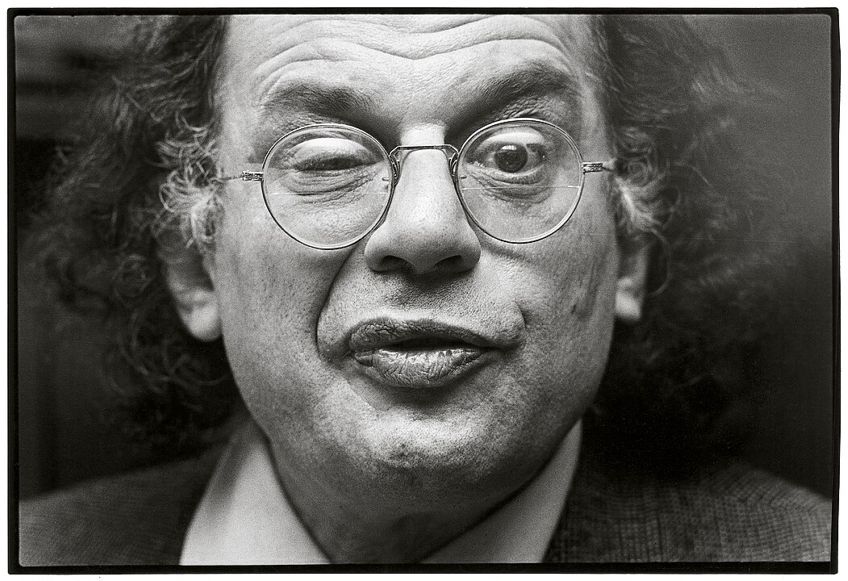
A Coney Island of the Mind, 8 (1958) by Lawrence Ferlinghetti
| Date Published | 1958 |
| Type of Poem | Free verse poem |
| Rhyme Scheme | None |
| Meter | None |
| Topic | A moment in Golden Gate Park |
A Coney Island of the Mind, 8 is a notable poem from one of the most important writers in the Beat Generation. This example of Beat poetry was all about a singular moment within the world. In this case, it showed one moment in Golden Gate Park and what all occurred within that short period of time. There are people going about their lives, musicians, those eating oranges. This is the kind of poetry that would become common in the world of the Beat Poets because it was a perfect encapsulation of spontaneous creativity.
Was there some deeper reason that this singular moment was taken as one in particular or are all moments worth recording in our world?
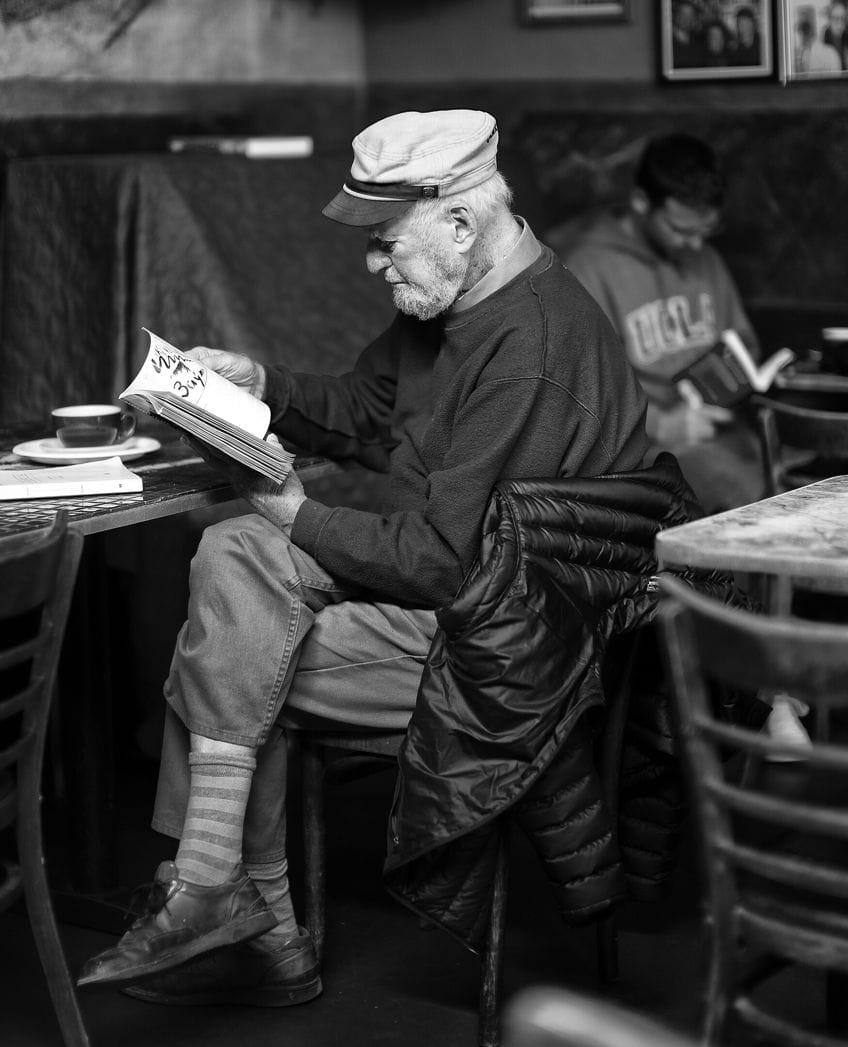
Preface to a Twenty Volume Suicide Note (1961) by Amiri Baraka
| Date Published | 1961 |
| Type of Poem | Free verse poem |
| Rhyme Scheme | None |
| Meter | None |
| Topic | Suicide |
Preface to a Twenty Volume Suicide Note is a poem that explores the concept of suicide, as the title would suggest. In this poem, the speaker discusses the feelings of a suicidal character who is currently experiencing existential despair. They are thinking about the difficulties of their life, such as loneliness and depression. However, the poem should also be understood within its broader context. The reason is that this particular poem serves as the preface to a larger collection, and so this poem can be seen as setting the general mood for what is to come in the following pages.
Making use of a poem in this way gives it a different kind of weight than if it was entirely on its own and understood in that sense.

The American Way (1961) by Gregory Corso
| Date Published | 1961 |
| Type of Poem | Free verse poem |
| Rhyme Scheme | None |
| Meter | None |
| Topic | Religion, conformity, and authenticity |
The American Way is a poem that serves as a powerful critique of American culture and society. The poem explores a number of different aspects of the United States, such as the use of religion as a means of commodification. The poem, as a whole, is highly critical of the conformist nature of the country, the way in which authenticity has become eroded over time as consumerism has taken the place of genuine symbols of human civilization, and the lack of individualism that is allowed to take place in American society.
The poem certainly comes from a particular period, but the critiques that it presents are still, in many ways, found in contemporary society, except that they have often spread far outside of the borders of the United States alone.
Song for Baby-O, Unborn (1990) by Diane Di Prima
| Date Published | 1990 |
| Type of Poem | Free verse poem |
| Rhyme Scheme | None |
| Meter | None |
| Topic | Parental love |
Song for Baby-O, Unborn is a poem that is addressed to an unborn child, and so it can be seen as reflecting a parental perspective. The poem explores ideas related to parenthood, such as learning to be tender with one’s child and an awareness of the difficulties that this child will face if they are to be born. Poems of this nature show the more uncompromising perspective of the Beat Poets in that they understood that even those who are unborn will eventually find themselves in our world, and there are many difficulties and challenges to be found in our reality.
The Beat Generation has remained one of the most influential of all the countercultural movements in the 20th century, and, hopefully, this article has managed to elucidate the question: what is the Beat Movement? We spent our time having a look over the history of Beat poetry, the kinds of characteristics that it was known for, the goals of those who considered themselves part of the Beat Poets, and a bunch of Beat poetry examples to go over. However, there is still much to be learned from Beat poetry, and I would recommend reading more than what was only discussed here.
Frequently Asked Questions
What Is Beat Poetry?
Beat poetry is a term that refers to the work produced by the Beat Generation. This 1950s and 1960s group was made up of several prominent figures and far more lesser-known individuals who were influenced by the work of the Beats. While the inspiration that was derived from Beat poetry has persisted into the present day, the actual era of Beat poetry predominantly came to an end during the 1960s.
What Are the Characteristics of Beat Poetry?
Some of the prominent characteristics of Beat poetry were elements such as rebellious language, the use of obscenities, the exploration of sexuality, the rejection of societal norms, and the adoption of musical elements, especially from jazz. Their work attempted to be more rhythmic, anti-authority, and would challenge the status quo. Beat poetry has remained influential to this day thanks to these elements.
Who Were the Beat Poets?
The Beat Poets were all members of the Beat Generation. These figures were part of a countercultural movement that developed through the 1950s and 1960s. Prominent members included figures like Allen Ginsberg, Jack Kerouac, and William S. Burroughs. These writers would challenge the status quo of literature and rebelled against the kind of literary output that had come to be expected. They were considered to be rebels, and many more traditional writers were against them at the time.
What Is the Beat Movement?
The Beat Movement was a countercultural movement that originated in the United States. This group, known as the Beat Generation, were those who wished to work against the general conventions of the society in which they were raised. They would do this by taking from jazz culture, altering their dress to fly in the face of convention, and would engage in behaviors deemed incorrect by mainstream society, such as drug use. This movement was known for its defiance of societal norms.
What Are Some Examples of Beat Poetry?
There are some fantastic examples of Beat poetry, and some of the most famous include works such as Howl (1956) by Allen Ginsberg, A Coney Island of the Mind, 8 (1958) by Lawrence Ferlinghetti, and The American Way (1961) by Gregory Corso. The Beat Poets did write a lot more than this though, and there are novels and examples of visual artistry that also trace their lineage through the Beat Generation.
Justin van Huyssteen is a freelance writer, novelist, and academic originally from Cape Town, South Africa. At present, he has a bachelor’s degree in English and literary theory and an honor’s degree in literary theory. He is currently working towards his master’s degree in literary theory with a focus on animal studies, critical theory, and semiotics within literature. As a novelist and freelancer, he often writes under the pen name L.C. Lupus.
Justin’s preferred literary movements include modern and postmodern literature with literary fiction and genre fiction like sci-fi, post-apocalyptic, and horror being of particular interest. His academia extends to his interest in prose and narratology. He enjoys analyzing a variety of mediums through a literary lens, such as graphic novels, film, and video games.
Justin is working for artincontext.org as an author and content writer since 2022. He is responsible for all blog posts about architecture, literature and poetry.
Learn more about Justin van Huyssteen and the Art in Context Team.
Cite this Article
Justin, van Huyssteen, “Beat Poetry – Non-Conformity in the World of Poems.” Art in Context. March 5, 2024. URL: https://artincontext.org/beat-poetry/
van Huyssteen, J. (2024, 5 March). Beat Poetry – Non-Conformity in the World of Poems. Art in Context. https://artincontext.org/beat-poetry/
van Huyssteen, Justin. “Beat Poetry – Non-Conformity in the World of Poems.” Art in Context, March 5, 2024. https://artincontext.org/beat-poetry/.


